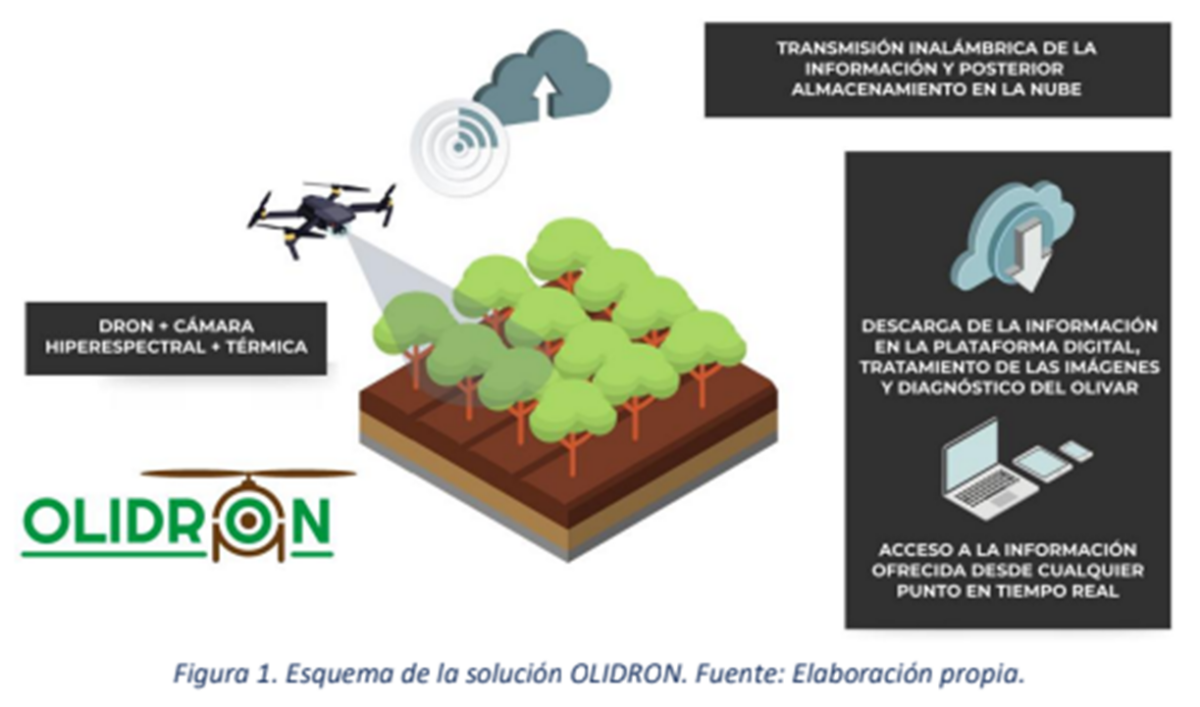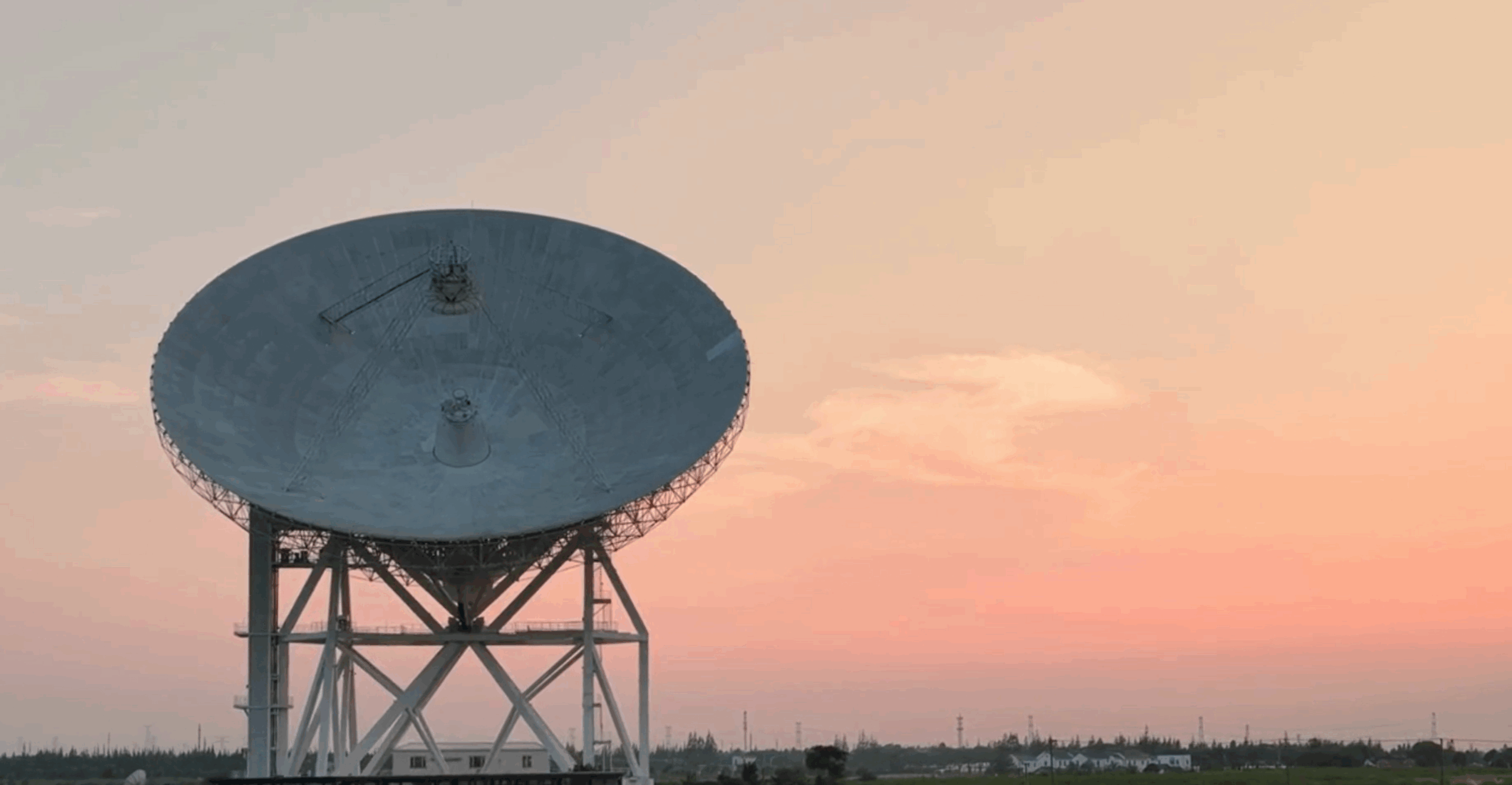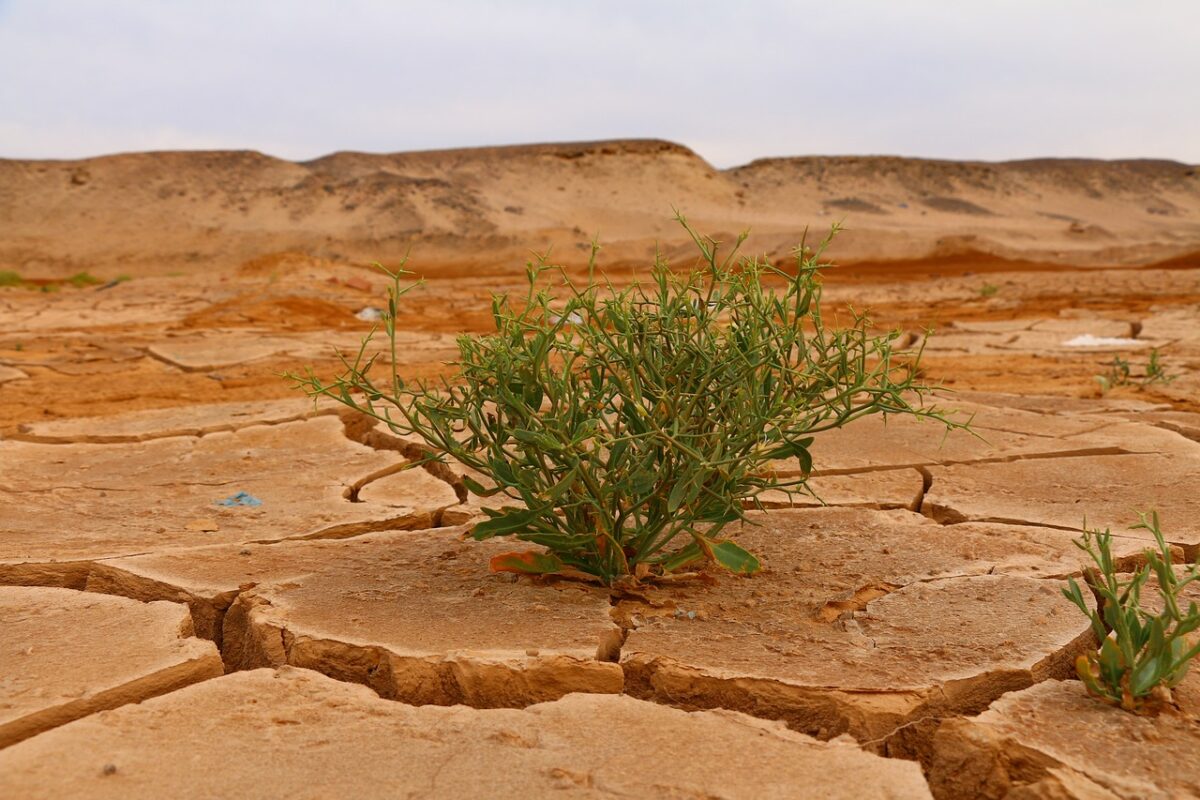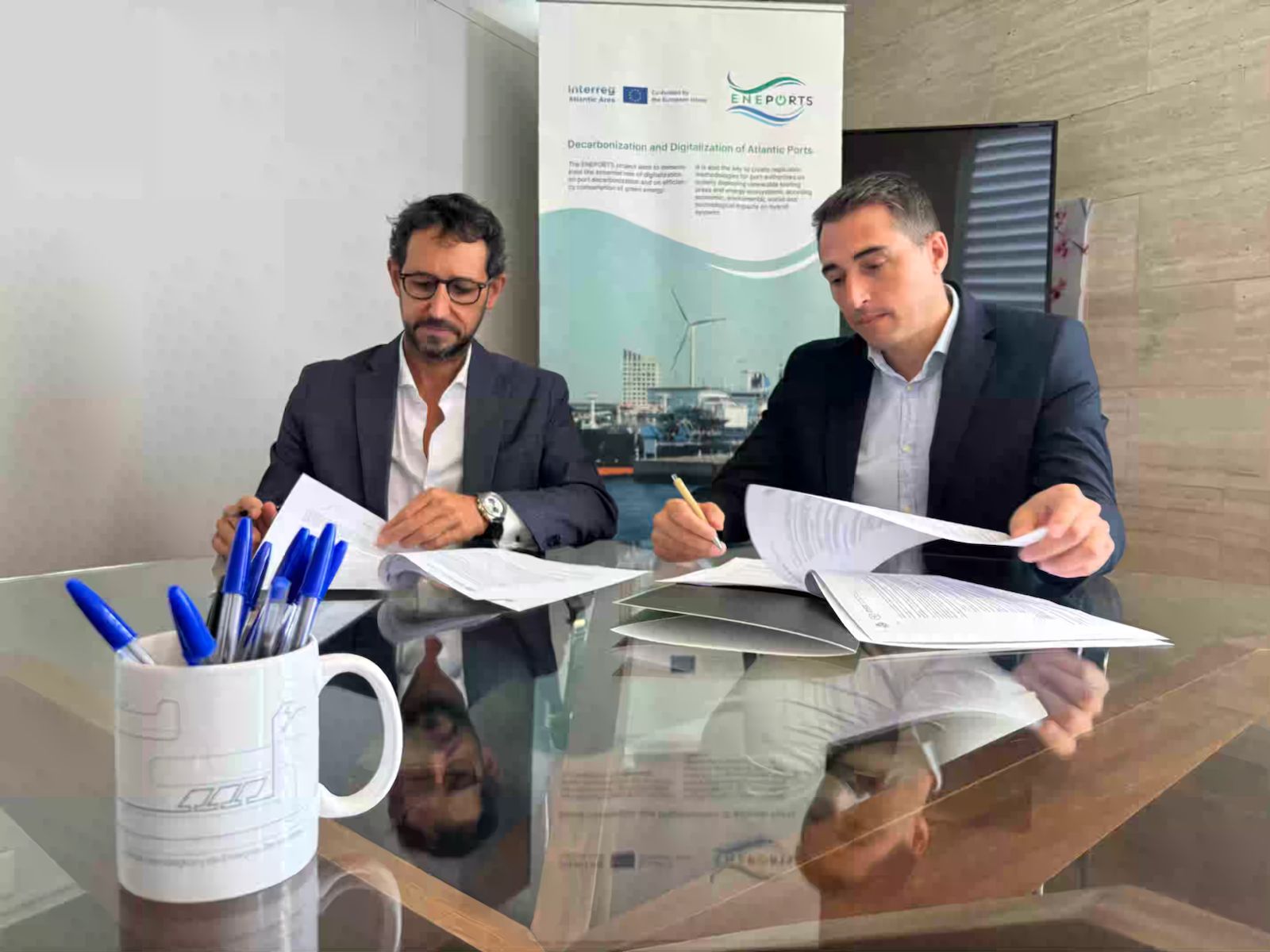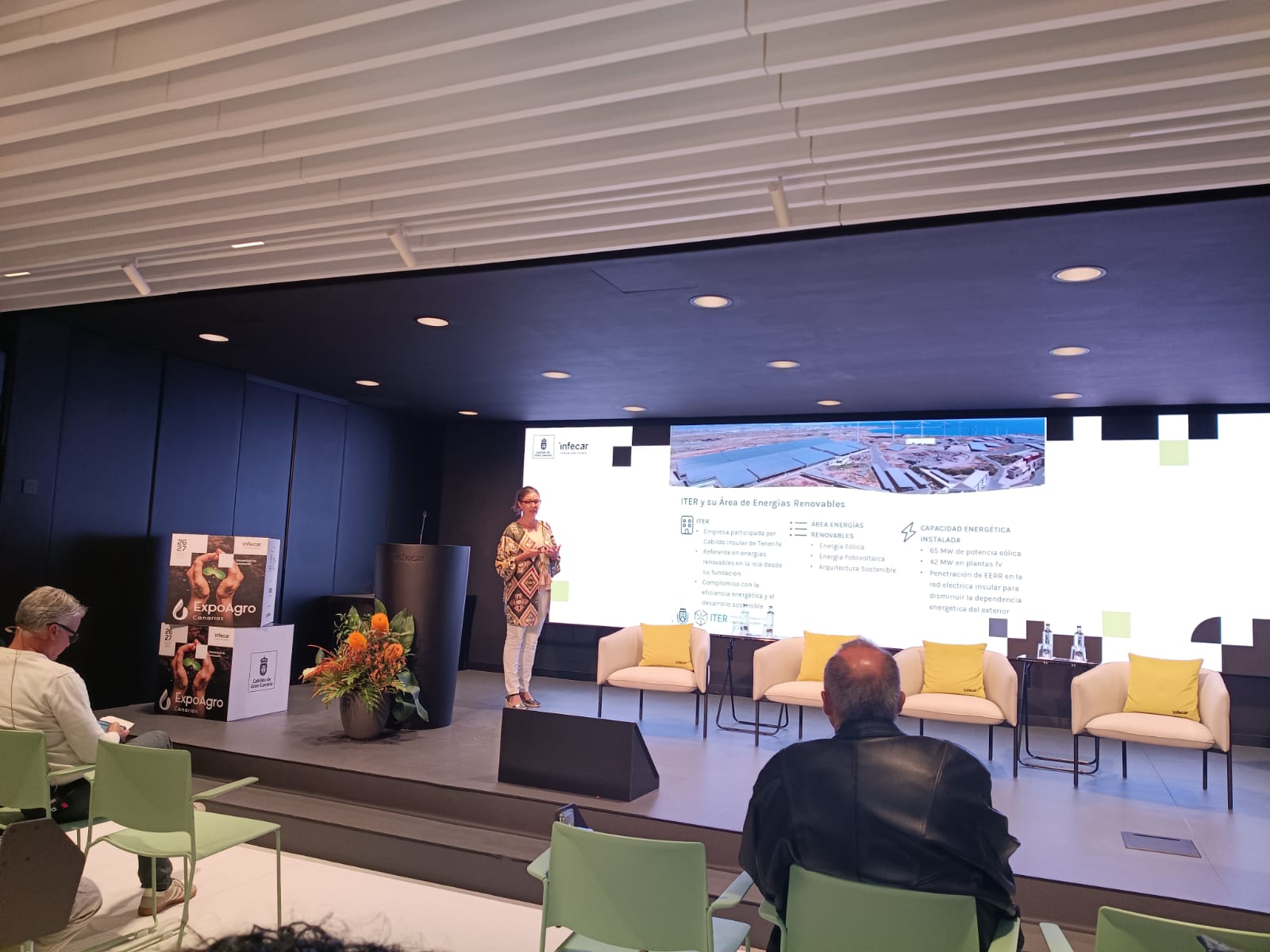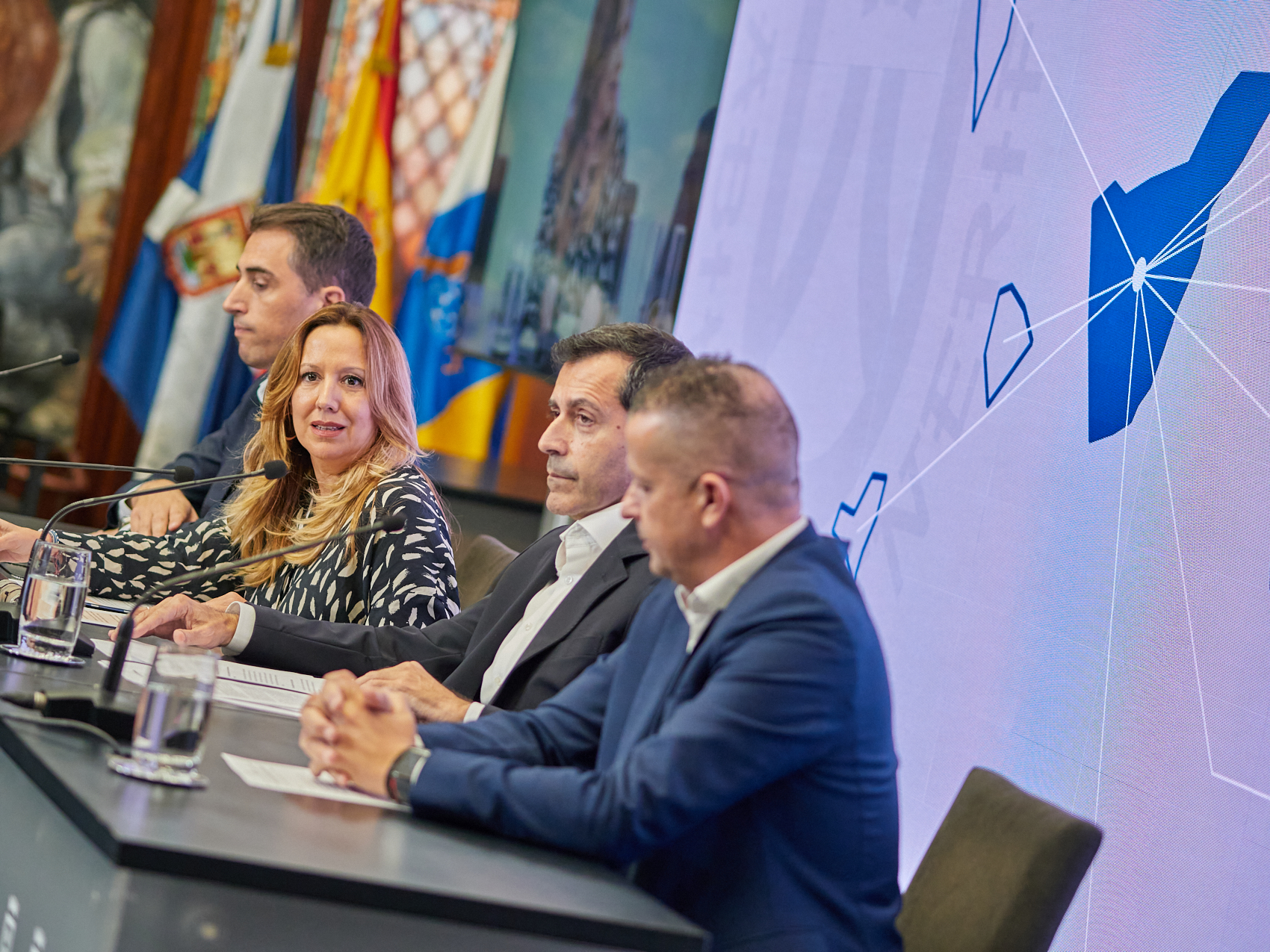Sistema de detección de enfermedades en olivos mediante aviones no tripulados (drones)
Detalles
Acrónimo: OLIDRON
Referencia:CPP2021-008472
Socios: Universitat Politecnica de Valencia and Instituto Tecnológico y de Energías Renovables.
Duración: : 01/11/2022 – 31/10/2025 (36 meses)
Presupuesto: 449.118,2 €
Cofinanciación: Convocatoria de Líneas Estratégicas 2022. Plan Estatal de Investigación Científica y Técnica y de Innovación 2021-2023. Ministerio de Ciencia e Innovación. El proyecto CPP2021-008472 está financiado por el MCIN/AEI (10.13039/501100011033) y por la Unión Europea NextGenerationEU/ PRTR.

Visión general del proyecto
Sólo en Europa se pierde anualmente una media del 26% de la producción del olivar debido a plagas y enfermedades vegetales, con un coste económico directo de más de 7.800 millones de euros anuales, con tendencia al alza. De estas enfermedades, dos son especialmente importantes por su impacto potencial o por su extensión actual: Xylella Fastidiosa y Verticillium Wilt.
La detección y el diagnóstico precoz y preciso de las enfermedades de las plantas son factores clave para la producción vegetal y la reducción de las pérdidas cualitativas y cuantitativas de rendimiento de los cultivos. Además, pueden conducir a un tratamiento localizado e individualizado, aplicando las dosis de productos fitosanitarios estrictamente necesarias, evitando su uso masivo e indiscriminado.
En este contexto, se detecta la necesidad de diagnosticar precozmente ambas enfermedades mediante un sistema de bajo coste para los productores. Por este motivo, surge el proyecto OLIDRON, un proyecto de desarrollo experimental que se llevará a cabo en colaboración por el Instituto Tecnológico y de Energías Renovables (ITER), VAINSA Infraestructuras y la Universidad Politécnica de Valencia (UPV).
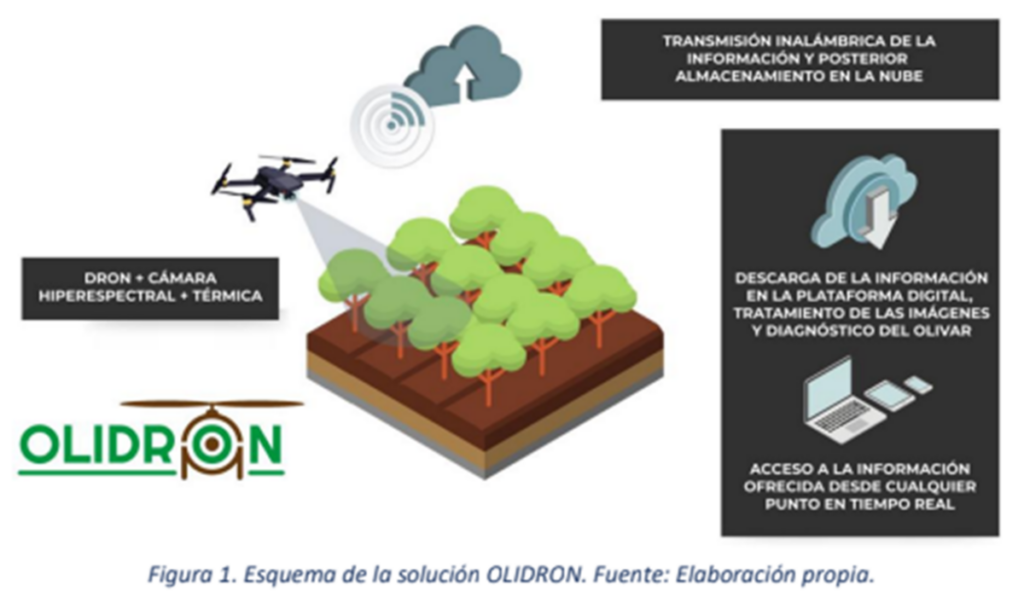
El objetivo de este proyecto es desarrollar un sistema de diagnóstico del estado sanitario de los cultivos de olivo de alta precisión, bajo coste y en tiempo real, que muestre a través de una plataforma digital si las plantas analizadas tienen la enfermedad Xylella Fastidiosa o Verticillium Wilt y en qué grado de avance se encuentran, así como su localización espacial. El sistema se basará en el uso de una cámara hiperespectral y una cámara térmica alojadas en un avión no tripulado (dron) y contará con las siguientes innovaciones:
- Optimizar la adquisición de datos de los parámetros de vuelo de drones para mejorar la calidad de las imágenes hiperespectrales y térmicas y
- Diagnosticar el estado sanitario del olivar, identificando las plantas enfermas, el tipo de enfermedad que las afecta y el grado de avance, así como su localización geográfica precisa de forma rápida y automática.
Los objetivos específicos que deberán alcanzarse a lo largo del desarrollo del proyecto son los que se enumeran a continuación:
- Diseño y desarrollo de un sistema remoto de imágenes hiperespectrales y térmicas robusto y de bajo coste.
- Diseño y desarrollo de un sistema de comunicación inalámbrica que garantice la inalterabilidad de los datos por terceros.
- Diseño e implementación de un sistema de tratamiento de imágenes espectrales y térmicas, compuesto por algoritmos, modelos matemáticos y estadísticos, que será capaz de detectar y clasificar el estado sanitario de los árboles evaluados en campo.
- Diseño y desarrollo de una plataforma digital «basada en la nube» para ofrecer un servicio de tipo SaaS con varias interfaces y diferentes opciones de visualización.
- Validación y demostración con clientes y en un entorno real de las ventajas del sistema OLIDRON final. Embalaje industrial.
Los elementos innovadores que presenta el proyecto OLIDRON pueden agruparse en dos grandes innovaciones:
- Optimización de la adquisición de datos a partir de los parámetros de vuelo del dron para mejorar la calidad de las imágenes hiperespectrales y térmicas.
- Diagnóstico del estado sanitario de las plantas del olivar, identificando plantas enfermas, tipo de enfermedad que las afecta y grado de avance, así como su localización geográfica precisa de forma rápida y automatizada.
El proyecto OLIDRON (CPP2021-008472), coordinado por el área de Tecnología del ITER, está financiado por el MCIN/AEI (10.13039/501100011033) y por la Unión Europea NextGenerationEU/ PRTR.
Enlaces relacionados:


